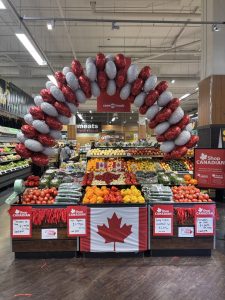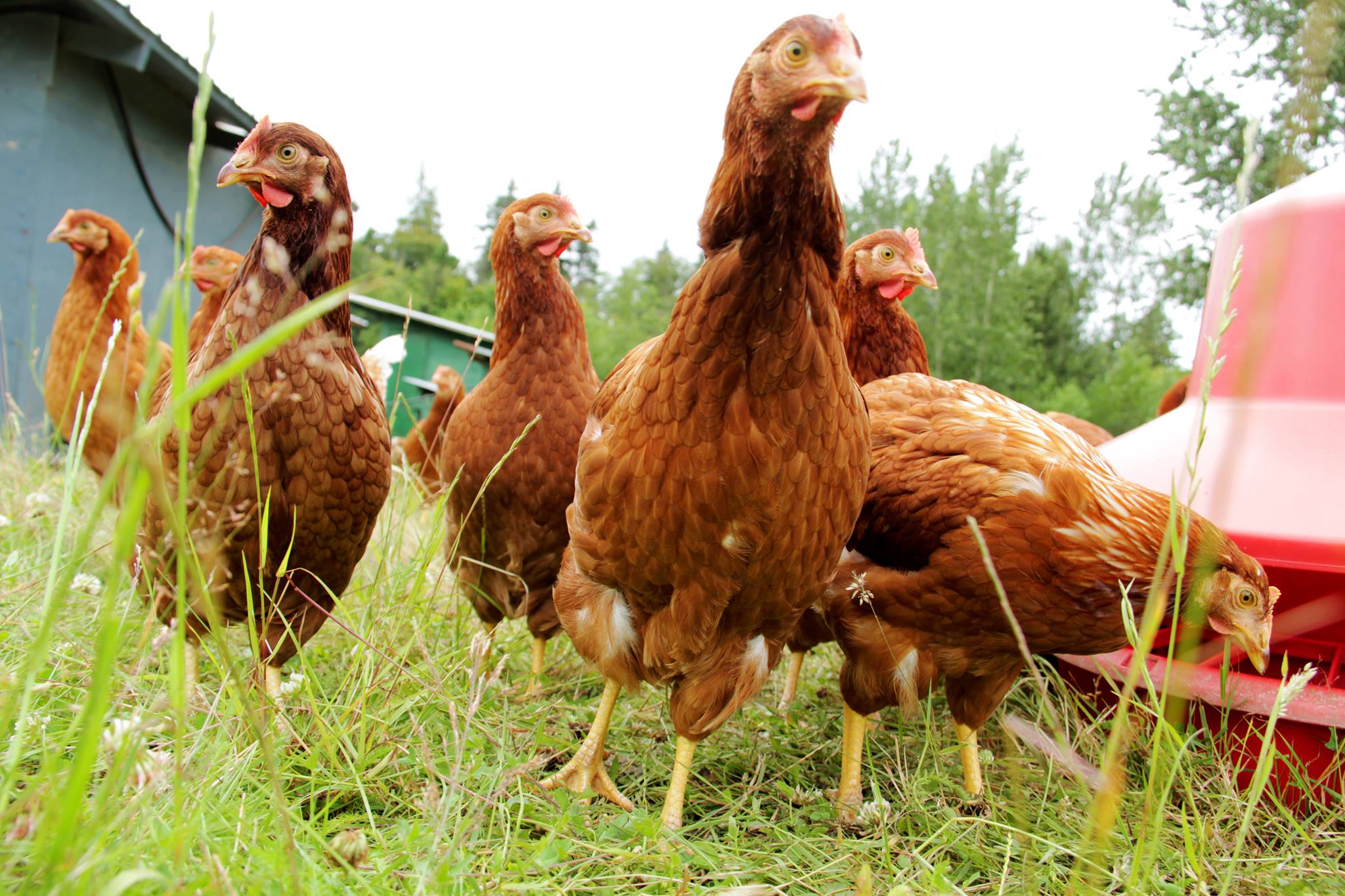American President Donald Trump has stirred the Canadian beehive with his moving-target tariffs and blunt musings about annexing Canada. Like so many Canadians, I’ve budgeted extra time for grocery shopping in order to scrutinize labels and puzzle over what constitutes Canadian content in my cereal and ketchup. Our local grocer has tried to make this easier for us with special tags and patriotic displays. I’m pretty sure I haven’t bought an American tomato since February.
Even with our earnest efforts to buy Canadian, British Columbia is highly dependent on American fruits and vegetables. UBC professor and UNA resident Navin Ramankutty, together with post-doctoral fellow Kushank Bajaj, has developed an app that shows where most of BC’s produce comes from. At canadafoodflows.ca you can trace Canadian imports of fruits and vegetables from the US, Mexico, and other countries around the world. You may not be surprised to learn that 55 per cent of BC’s lettuce came from California in 2022. But did you know that 93 per cent of BC’s garlic came from China? Or that 57 per cent of onions came from Washington state?
Is all this buzzing around grocery stores with our elbows up really worth it? The tariffs seem to be receding. Stock prices have bounced back. Canadians have long benefited from our close trading relationship with our super-sized neighbour, and ally, to the south. And protectionism has not served Canada or the world well in the past: an earlier wave of anti-globalism in the 1930s weakened ties and mutual interdependence among nations, worsening the Great Depression and making war more likely.
There are some clear benefits of buying Canadian goods when we can, though, even if we have to pay a bit more for them. Locally produced food and goods have a lower carbon footprint and support jobs and economies here in BC. Though syrup, cheese, and bubbly water from Quebec may burn some extra carbon on their way to the west coast, buying Canadian boosts the economy of our entire country, from sea to sea to sea. When Quebec and Ottawa are happy, we’re all happier.
We’re particularly fortunate to have produce so local that it’s practically in our back yard. The UBC Farm, one of the few urban university farms in the world, grows and sells a wide range of fruits, vegetables, and flowers at its Tuesday and Saturday markets, which run from June 3 through November 29. In addition to the produce grown right here on the edge of the Wesbrook neighbourhood, the farm market features small-scale and sustainable farmers and craftspeople from around the Lower Mainland.

By the way, did you know that the UBC Farm used to have chickens? Until Covid and Avian Influenza conspired to empty the farm’s chicken coop, patrons could buy the ‘localest’ of local eggs at the Farm’s summer markets. My kids and I used to greet the chickens before making off with their eggs; they didn’t seem to mind. That era may be over, but the demand for affordable, local eggs is as strong as ever. Backyard chickens anyone?
Eagle Glassheim is the Chair of the University Neighbourhoods Association and a Professor of History at UBC. The views expressed in this article are entirely his own, especially regarding chickens, and do not represent either the UNA or UBC.
